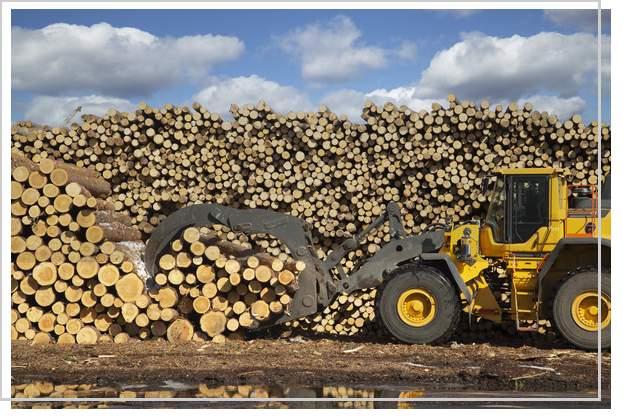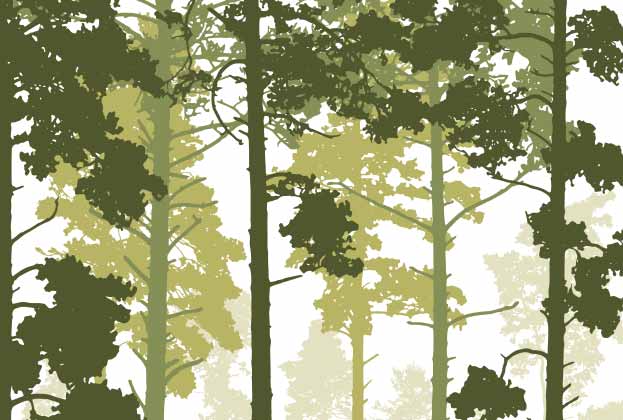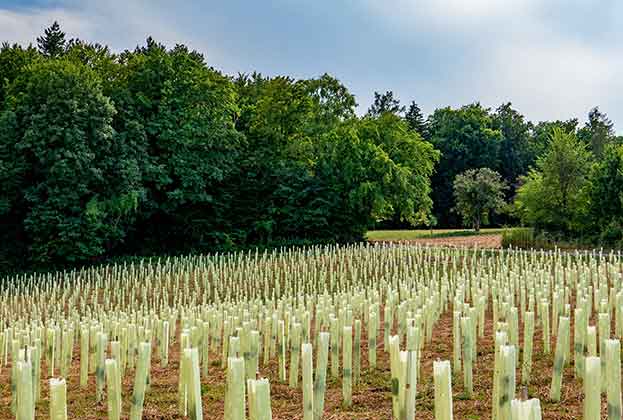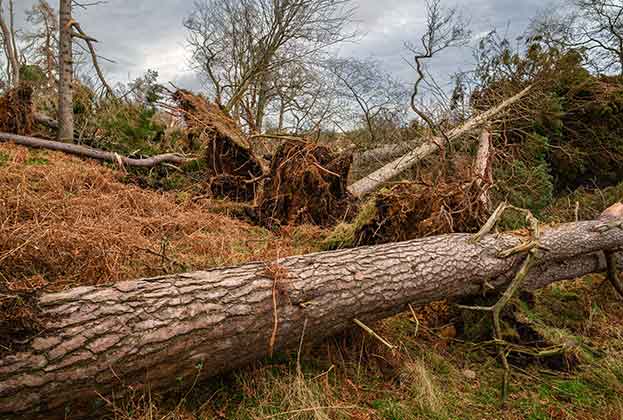As we head towards summer and the fickle British weather becomes warmer and drier, mature, apparently healthy trees can suddenly drop large branches with no warning and for no obvious reason.
A well-known but rare phenomenon referred to as Summer Branch Drop, this shedding is, of course, a concern - especially for those responsible for trees in areas of public access or for those that hold events.
Although the risk of severe injury or death from a fallen branch or tree is extremely low, and the risk of SBD being the cause significantly lower still, owners do need to be mindful of the issue.
So what can be done about a problem which can be predicted in the loosest sense, but isn’t a defect that can be identified in advance?
There hasn’t been a great deal of research into the prevalence of SBD thus far, but there is significant anecdotal evidence out there. Here are some key pointers:
Which trees are affected?
- SBD primarily occurs in oak (Quercus spp), sweet chestnut (Castanea sativa), beech (Fagus sylvatica) and ash (Fraxinus excelsior). However, poplar (Populus spp), willow (Salix spp) and horse chestnut (Aesculus hippocastanum) are also known to experience such events.
- Evidence suggests that SBD is rare in other species and in those that are young and growing with vigour.
- SBD primarily affects trees that are fully mature or senescent, such trees often have large spreading crowns with large lateral limbs that may extend to the full width or even past the general edge of the crown.
- Branches that fail often appear to be of sound timber with no evident decay, with the failure being a complete fracture at 90 degrees to the timber growth. Failures that occur from decay often have a partial fracture with the remaining timber splitting along the grain.
When does SBD occur?
- SBD generally occurs during calm weather conditions, most frequently when the weather has been substantially dry, followed by a heavy summer shower.
- The above conditions are known to cause cracks within the stems of conifer tree species and, as such, it is believed a similar effect may occur within broadleaf species.
- The potential cause is therefore currently believed to be water stress at a time when the trees are in full leaf, with new shoot growth and fruit development.
As always the key advice for tree owners is to have a robust policy in place regarding the management of risk from trees following the guidance published by the National Tree Safety Group, and to ensure your trees are surveyed at an appropriate frequency by suitably qualified professionals.
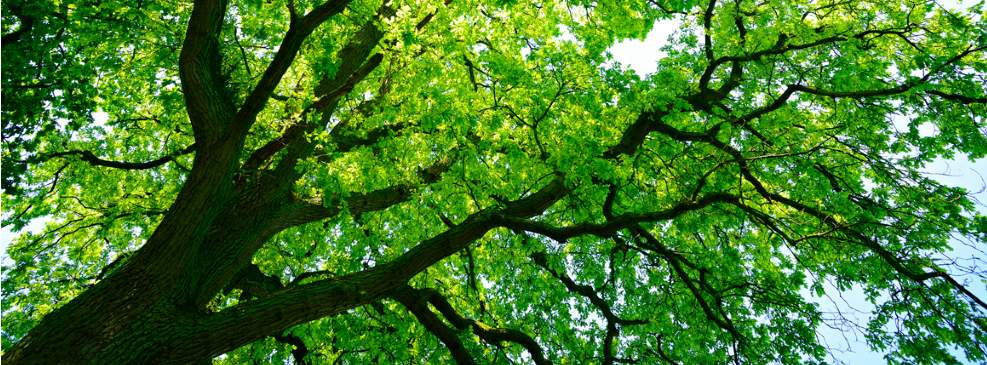
.jpg)

